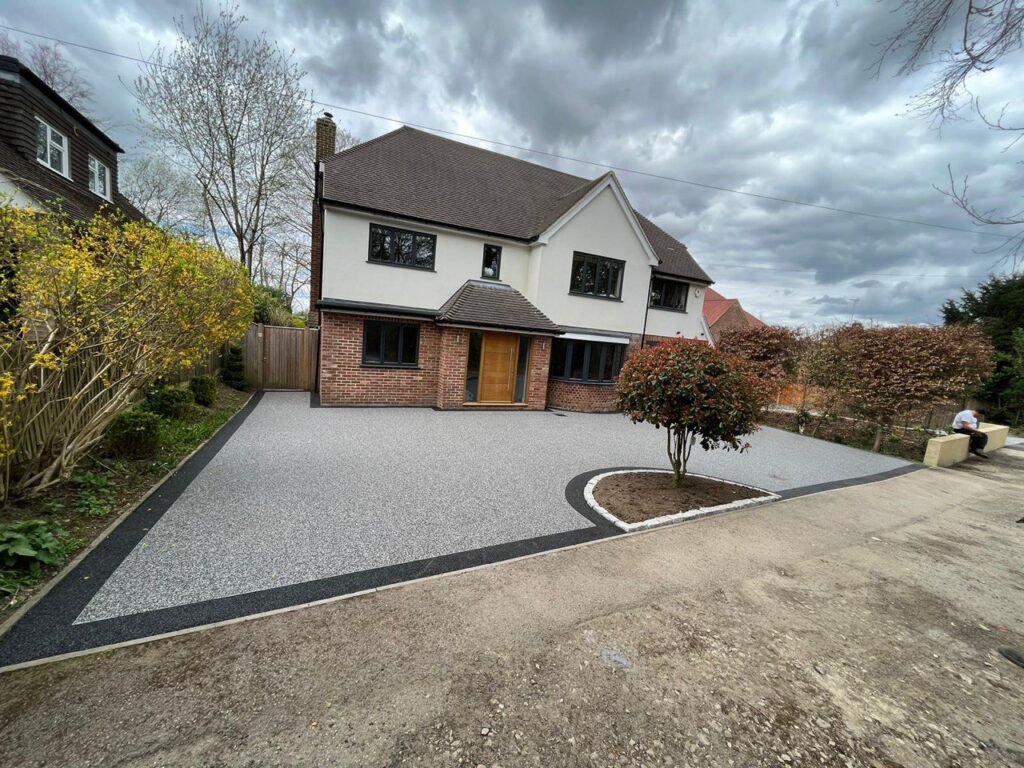Optimising Lighting Efficiency in Tarmac Car Parks
Introduction: Effective lighting in tarmac car parks ensures safety, security, and convenience for motorists and pedestrians alike. However, inefficient or inadequate lighting poses risks and contributes to unnecessary energy consumption and costs. This blog post will explore strategies for optimising lighting efficiency in tarmac car parks to enhance visibility, minimise energy usage, and promote sustainability.
- LED Lighting Technology:
- LED (Light Emitting Diode) lighting offers significant advantages over traditional lighting technologies, including higher energy efficiency, longer lifespan, and superior brightness. By replacing outdated lighting fixtures with energy-efficient LED luminaires, tarmac car parks can reduce energy consumption and maintenance costs while improving visibility and safety.
- Motion Sensors and Timers:
- Installing motion sensors and timers in tarmac car park lighting systems helps optimise energy usage by activating lights only when needed. Motion sensors detect movement in designated areas, automatically turning on lights to provide illumination for motorists and pedestrians. Similarly, timers can be programmed to control lighting schedules based on peak usage hours, reducing unnecessary energy consumption during off-peak periods.
- Strategic Placement of Lighting Fixtures:
- Proper placement of lighting fixtures is crucial for achieving optimal visibility and coverage in tarmac car parks. By strategically positioning luminaires along driving lanes, pedestrian walkways, and parking spaces, lighting designers can minimise glare, shadows, and dark spots while maximising uniformity and illumination levels. Additionally, aiming fixtures downward and shielding light sources helps reduce light pollution and minimise glare, enhancing safety and comfort for users.
- Energy-Efficient Controls and Dimming Systems:
- Implementing energy-efficient lighting controls and dimming systems allows tarmac car park operators to adjust lighting levels based on real-time conditions and user requirements. Dimming systems can dynamically modulate light output in response to ambient light levels, occupancy patterns, and time of day, ensuring adequate illumination while conserving energy and minimising light pollution.
- Regular Maintenance and Upkeep:
- Regular maintenance and upkeep of lighting fixtures are essential for preserving optimal performance and energy efficiency in tarmac car parks. Routine inspections, cleaning, and replacement of faulty components help identify and address issues promptly, preventing energy waste, safety hazards, and costly repairs. Additionally, upgrading to smart lighting systems with remote monitoring capabilities enables proactive maintenance and troubleshooting, ensuring continuous operation and reliability.
Conclusion: Optimising lighting efficiency in tarmac car parks is critical for enhancing safety, security, and sustainability while minimising energy consumption and operational costs. By leveraging LED technology, motion sensors, timers, strategic lighting placement, energy-efficient controls, and regular maintenance practices, tarmac car park operators can create well-lit and environmentally responsible parking environments that benefit users and the community.
Call us on: 01603 361 697
Click here to find out more about Norwich Driveway Contractors
Click here to complete our contact form and see how we can help with your driveway needs.

